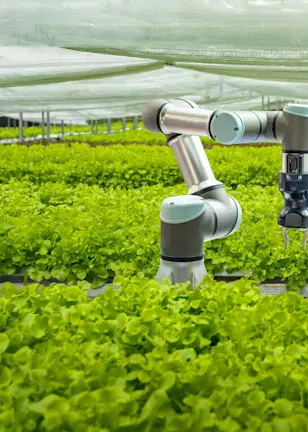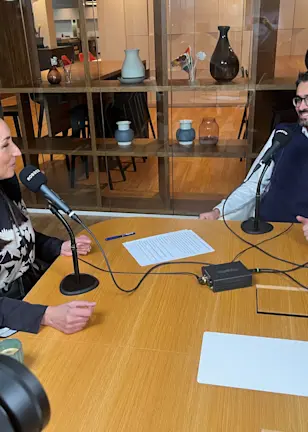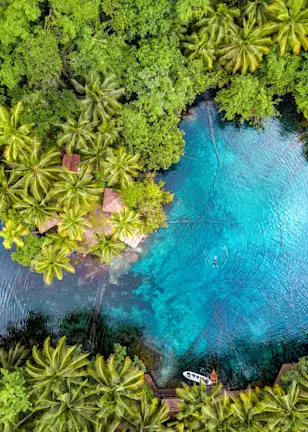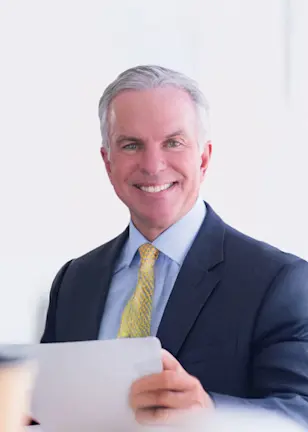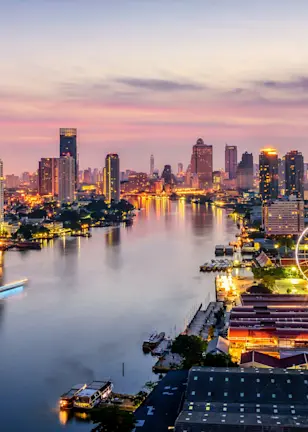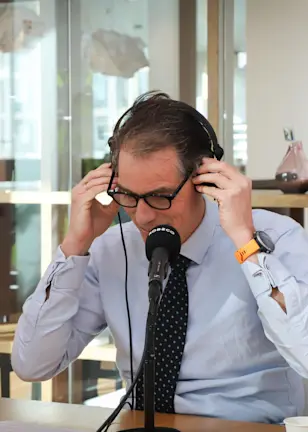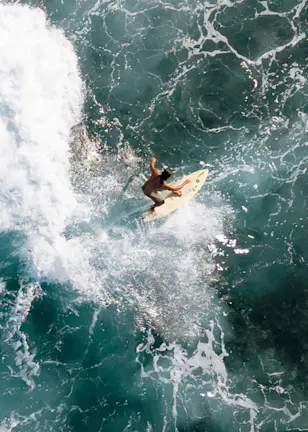The move follows greater governmental commitments to develop deep geological repositories (DGR) to safely store nuclear waste in eight countries over the longer term, with the first one set to come online later this year.
While nuclear power remains risky due to the potential for accidents such as Chernobyl and Fukushima, along with the risks inherent in radioactive waste, it has zero emissions as a fuel source. That makes it ideal for pursuing net zero by 2050 if the risks can be contained.
SDG Framework
Robeco has subsequently updated its investment policy for companies engaged in nuclear energy production based on the scoring system used by the proprietary SDG Framework, which measures the contributions that companies can make to one or more of the 17 Sustainable Development Goals.
This scores companies on a range running from -3 (highly negative) through 0 (neutral) to +3 (highly positive). The primary goals used for nuclear energy evaluation are SDG 7 (Affordable and Clean Energy) and SDG 12 (Responsible consumption and production).
Under the prior policy, a company engaged in nuclear power production could not gain a positive score, making it ineligible for most of the strategies in Robeco’s sustainability focused range, including the bespoke Net Zero 2050 Climate Equities and SDG-themed portfolios.
Now, a maximum score of +1 is possible, provided the investment team is convinced that the safety and waste management criteria can be met. That will make the utilities involved in nuclear energy eligible for a number of Robeco investment strategies where previously they could not score higher than zero. If companies involved in nuclear energy activities do not meet these criteria, they will still end up with negative scores and remain ineligible.
The methodology primarily applies to the country in which the company operates. Eight countries are now developing the DGR storage technology that is sufficiently advanced to gain a positive score: France, Finland, Sweden, Canada, China, Germany, Japan and the UK.
Judging safety in countries
“The decision relates to the waste side where we will use criteria that allow us to say whether the management of high-level nuclear waste is safe in those countries,” says Philipp Kehrein, SI utilities analyst at Robeco.
“We already assessed countries in terms of nuclear safety, how they use nuclear fuel, how they process any kind of radioactive material, and whether any of it goes into weapons.”
“What’s new is how we score countries that have announced publicly that they will create a deep geological repository as a permanent storage facility for nuclear waste. These are the countries that we can now consider as being safe.”
Finland is well advanced
The Nuclear Threat Initiative’s (NTI) Nuclear Security Index will be used to determine the potential for setting up such a geological depository by 2050 – the same year for achieving net zero under the Paris Agreement goals. No country has such a facility yet, though Finland is well advanced in creating one that could open later this year.
“The deep geological repository is aligned with the EU Taxonomy on doing ‘no significant harm’, and so any country that has serious, robust plans for opening one by 2050 is taxonomy-aligned,” Kehrein says.
While the focus is on the storage facilities of the country, SDG scores are assigned to a company. “So if a company operates in different countries, we then assess all the countries that they’re operating in to come up with the score,” Kehrein says.
“Most utilities operate in only one country, but there are a few that operate in several. Once a positive score is achieved, it opens the door to investment. That’s not to say that we’ll start investing right away – a careful analysis still needs to be made.”
Aggiornati sulle ultime novità in materia di sostenibilità
Iscriviti per esplorare le ultime tendenze in materia di investimento sostenibile.
A ‘must-have exposure’
Such an analysis is already being conducted by the Net Zero 2050 Climate Equities team, which is keen to include nuclear power suppliers in its portfolio that previously did not meet the SDG scoring criteria for inclusion.
“Nuclear energy build-outs are back in vogue; the role it can play in a low-carbon global economy is significant,” says Chris Berkouwer, Portfolio Manager of the net-zero strategy launched in 2022. “After lurking in the dark for an extended period, we’ve seen a genuine renaissance of nuclear over the last few years.”
“The pivot to net zero, in addition to growing concerns around reliable energy security, has helped underpin the renewed growth story of nuclear power. While it has several drawbacks, all of which being addressed by our stringent SDG framework, the big advantage is that nuclear provides a stable baseload supply of clean energy.”
“Among all energy sources, it also has by far the highest power density when we take spatial needs of energy into account. From an investment point of view, nuclear is also interesting as it’s still a somewhat contrarian idea.”
“To us, nuclear energy is a must-have exposure in our toolbox of long-term solutions, therefore we very much support the policy changes that allow for investments in this area.”
Wider net-zero roadmap
The policy move forms part of the wider responsibility that Robeco has in tackling global warming using its Net Zero Roadmap launched in 2021. The Paris Agreement calls on the world to limit warming to 2 °C above pre-industrial levels by 2100, and ideally to limit it to 1.5 °C, at which point the destructive effects of climate change are more manageable. For this, the world needs to become carbon neutral by 2050.
Yet the most recent statistics show that 2023 was the hottest year on record, and that the world is already at, or close to, 1.5 °C of warming. As weather patterns become more extreme, this makes it even more important to find ways of cutting emissions, says Lucian Peppelenbos, Climate and Biodiversity Strategist at Robeco.
Climate emergency is growing
“The revised nuclear power policy is a reflection of what has happened in the last two years, where we see that impacts from climate change are increasing much faster than science had forecasted,” Peppelenbos says. “So the climate emergency is getting bigger every day.”
“At the same time, we see that the world is not on track for 1.5 degrees, but currently for 2.4 degrees – and that’s despite a massive increase in renewables. The current growth of renewables is not sufficient to stop further growth of emissions from fossil fuels, so that means we need a wider toolbox – including nuclear.”
It’s now in COPs’ hands
“For the first time in the 28 COP summits that have been staged since 1992, the role of nuclear energy has been recognized, appearing in the resolution of COP28 in December. This means that 198 countries endorse the role of nuclear energy in the net-zero transition, including countries that do not really like nuclear, such as Germany.”
“The conclusion for us as a sustainable investor is that we should be part of his space and start to invest in these companies. Let’s engage with them; let’s talk about technological development, and all the risks, and be part of this in a responsible way.”




